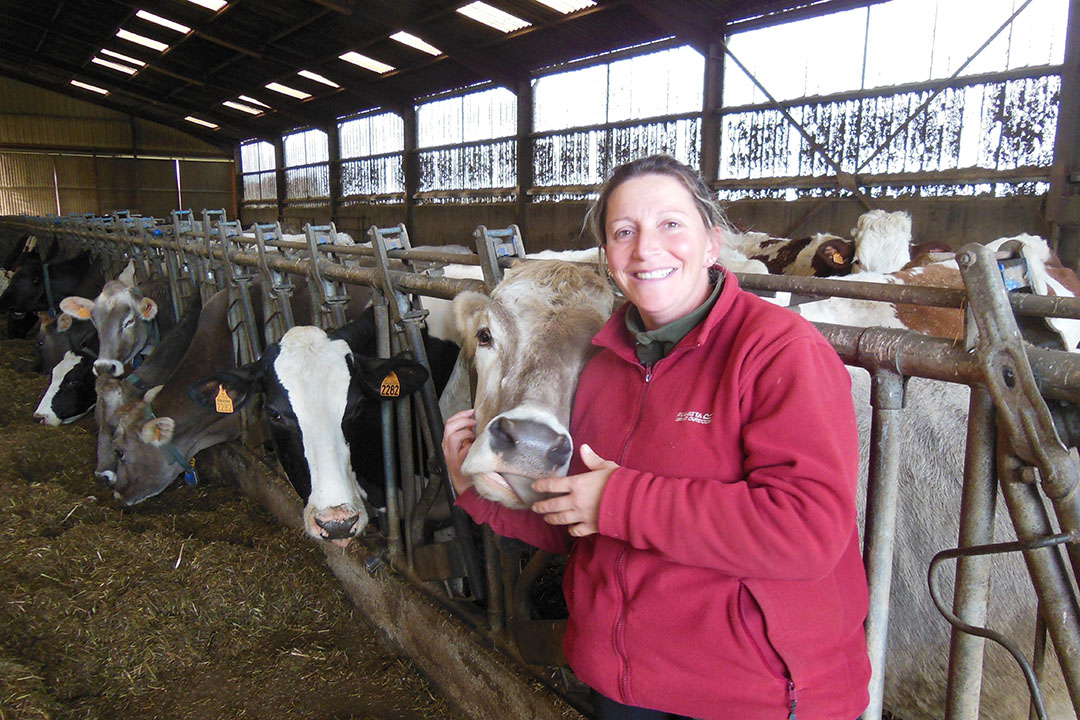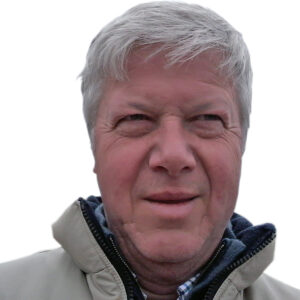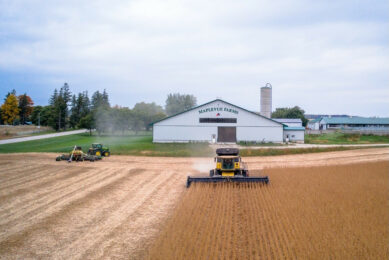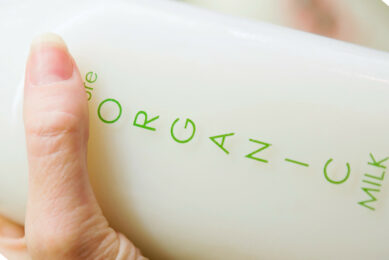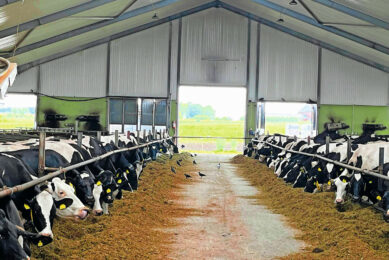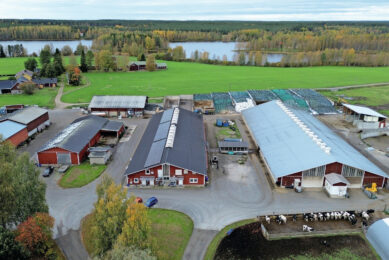Burgundy, France: Aiming to for 1.1 million litres of milk
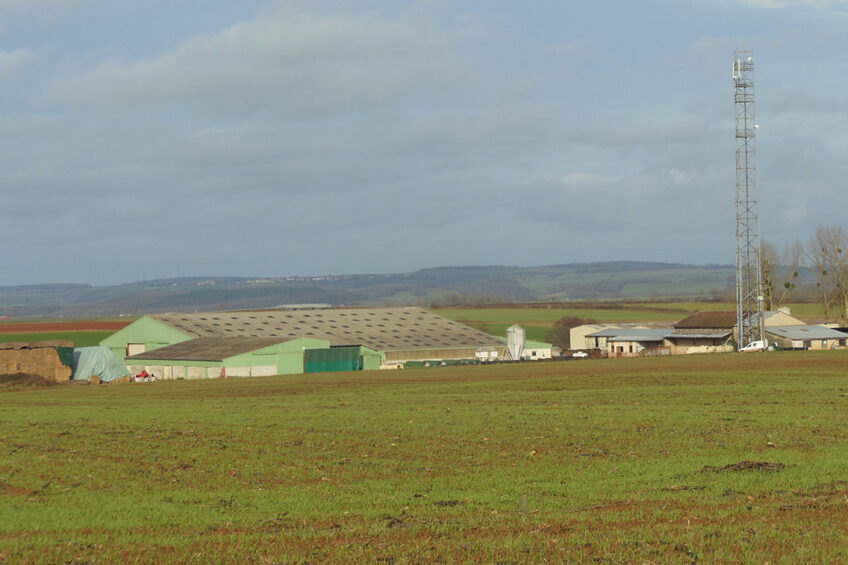
Organic dairy farm Gaec Sureau Clerget located in Courcelles Frémoy, Burgundy, France, aims to produce 1.1 million litres of milk with its Brown Swiss herd.
Linda Sureau (37) and her companion, Mickaël Clerget (49) run the organic dairy farm. Two dates are important in the history of the farm: the takeover of the family farm by Linda in 2010, and the arrival of Mickaël 2 years later with his 70 Brown Swiss cows coming from his farm nearby Châtillon-sur-Seine in the north of Côte d’Or.
The couple produced around 900,000 litres of milk in 2020 with 162 cows with a strong philosophy to produce milk with a maximum of grass and the least possible purchase of feed while ensuring the herd’s well-being.
“The choice of the Brown Swiss breed is consistent with our livestock system,” says Mickaël who is also regional president of this breed for Burgundy (see box: Brown Swiss Herd).
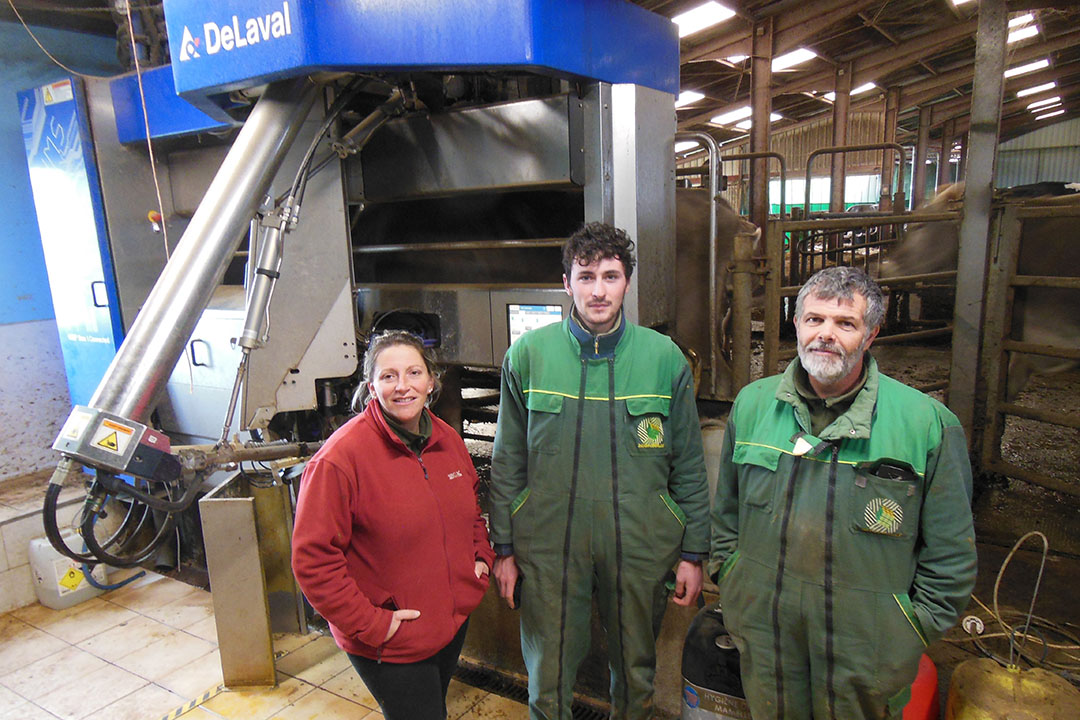
70 cows/robot
Today, the farm has 3 VMS Delaval milking robots. The first robot was installed in 2007 when Linda’s parents owned the farm with 70 Holstein cows. This first robot replaced the existing 2×8 milking parlour. The second VMS arrived in 2013, just 1 year after Mickaël’s arrival on the farm, followed by a third in 2019 to milk the inseminated heifers kept on the farm. “One of the interests to work with Delaval is that robots from different generations can ‘communicate’ with each other, says Linda who is in charge of milking and insemination. These robots have ‘intelligent’ doors which opens only when milking is finished.
With the robotisation of milking, the milk controller visits the farm every 2 months instead of every month if the farm operated without robots, and it checks the cell count and the milk production of each cow. “The robots give us a daily and continuous overview of what happens in 24 hours,” says Mickaël who adds that the computer gives information on the total milk production (2,378 kg on the day of our visit), the average milk production per cow (15 kg), and how many cows have been milked (for instance, of 160 milking cows, 97 were milked, 28 had been milked 12 hours before, and 35 were ready to be milked). The computer also tells the farmers how much feed has been eaten over the last 24 hours: 2.56 kg/cow on average, of which 1.5 kg alfalfa and 1 kg corn.
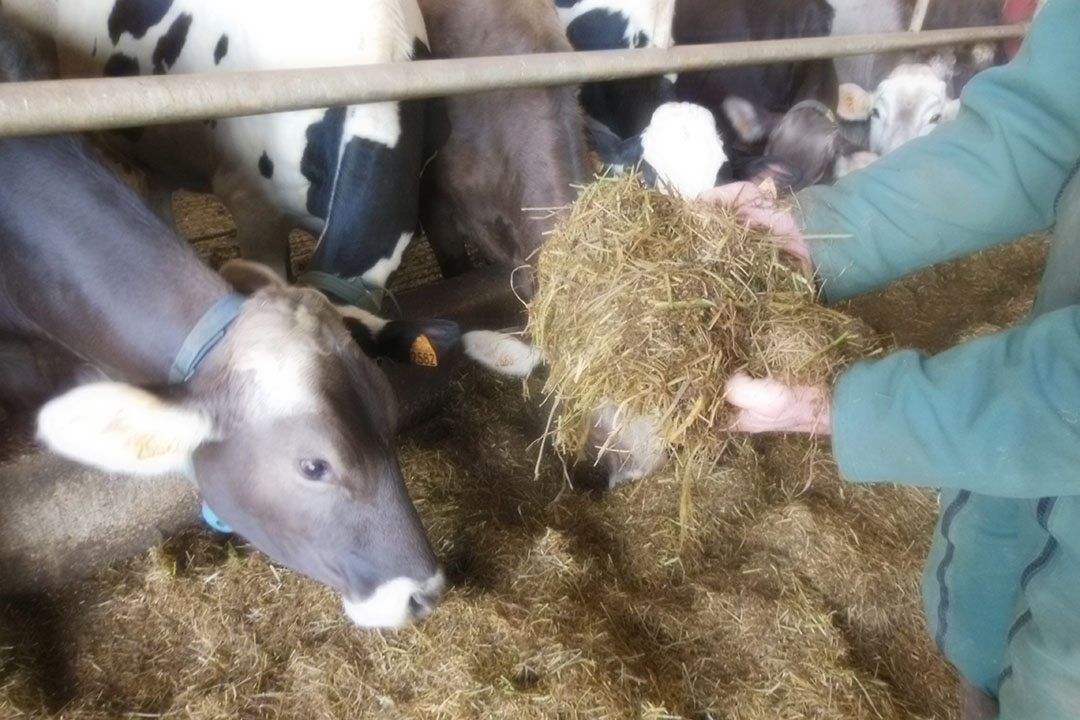
“If something goes wrong, for example the non-detection of a milking cup, an alarm calls me on my mobile phone,” explains Linda who adds, “we use semen from sexed and without horn bulls, with the target to have 40 pure Brown or Holstein heifers per year.”
Grass quality
“In our herd, the genetic priority is to increase milk while having strong and healthy cows able to put more value into grass and pastures,” says Mickaël. The goal of the farm today is to produce 1.1 million litres of milk/year with a focus on grass quality and without investing in techniques for other crops such as cereals. A trial of direct sowing for sorghum will be done and the goal of the farm is to drop feed expenses, which were rather high in 2020 due to the drought summer (see box: Profile).
“We have found a good balance in the management of the farm,” say the farmers. In the future, they would like to communicate more to the final consumers to share their passion.
